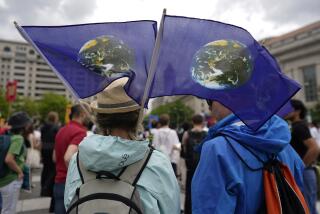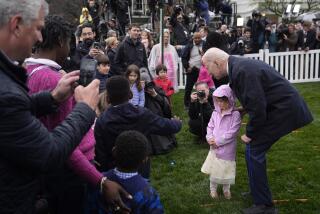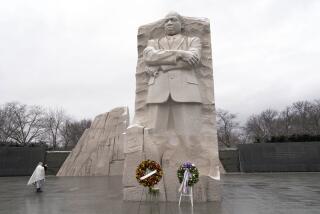Flaming Wheels to Colored Eggs: Easter Is Celebrated in Many Ways
Consumers may have guessed that the Easter bunny is a comparatively new holiday custom, but few know that Easter was not widely celebrated in this country until after the Civil War.
In fact, the holiday that Americans today celebrate with new bonnets and baskets of candy was illegal at one time.
“Because Puritans and other Protestant denominations had little use for the ceremonies of any religious festivals, the celebration of Easter was severely limited,” said Sharron Uhler, archivist for Hallmark Cards in Kansas City, Mo.
“Easter was not the only forbidden celebration. It’s well known that the Puritans outlawed Christmas in Massachusetts.
This ban on holidays was also practiced in England during the Cromwell regime, according to Uhler. In 1643, Parliament outlawed Easter along with Christmas, Whitsuntide and all saints’ days.
It was not until the Civil War that most Americans began to celebrate Easter.
“The movement back to Easter was primarily led by the Presbyterians,” Uhler said. “Perhaps the movement was motivated by scars from the war. The story of the resurrection . . . is an expression of renewed hope for all those who are bereaved.”
The celebration of Easter is thought to have begun in the 2nd Century. At the time, different Christian sects disagreed as to which day Easter should be celebrated on--Sunday or Saturday, the Jewish sabbath. In AD 325, the Council of Nicea decided that Easter should fall on the Sunday following the first full moon after the vernal equinox.
Most western churches accepted the ruling, according to Uhler, but the Eastern Orthodox Church decreed that Easter must always fall after Passover. Eastern Orthodox church members, including many Greeks, Russians and Armenians, still maintain that stipulation.
Easter customs, as well as dates, vary from country to country.
In the Netherlands, children go caroling from door to door and beg for Easter eggs on Holy Thursday (the Thursday before Easter). Austrians participate in an equestrian ritual known as Osteritt, which is believed to enrich harvests.
Ukrainians hide decorated Easter eggs in thatched roofs and under haystacks, and believe that the eggs serve as a charm against high winds.
“Of all Easter customs, one of the most spectacular is the rolling of the flaming Easter wheels in Lugde, West Germany,” Uhler said.
The huge oaken wheels, which range between six and eight feet in diameter, are stuffed with straw, trimmed with greenery and taken to the top of a hill on the outskirts of town where they are set on fire by the villagers and sent spinning down the slopes.
“To the cheering spectators, each wheel that reaches the valley is a lucky sign,” explained Uhler.
More to Read
Sign up for Essential California
The most important California stories and recommendations in your inbox every morning.
You may occasionally receive promotional content from the Los Angeles Times.










